Traveling with your feline friend can be a rewarding experience, but it requires careful planning and understanding of your cat’s needs. Can Cats Get Used To Traveling? Absolutely! With the right approach, preparation, and patience, your cat can become a confident and comfortable travel companion. At SIXT.VN, we understand the importance of making travel enjoyable for both you and your pet. That’s why we’ve compiled this comprehensive guide to help you navigate the world of traveling with cats, ensuring a smooth and stress-free journey. Let’s explore how to make your cat a seasoned traveler, and discover the best travel tips for cats with SIXT.VN.
1. Understanding Your Cat’s Personality and Travel Aptitude
Before embarking on any travel plans with your cat, it’s crucial to assess their personality and determine if they are a good fit for the adventure. Not all cats are created equal, and some may be more adaptable to new environments and experiences than others.
1.1. Assessing Your Cat’s Temperament
Understanding your cat’s temperament is the first step in determining their travel aptitude. Is your cat generally calm and curious, or anxious and fearful? Cats that are confident and adaptable are more likely to adjust well to traveling.
- Confident Cats: These cats are generally unfazed by new environments and sounds. They may be more willing to explore and interact with their surroundings.
- Cautious Cats: While not inherently fearful, cautious cats may take longer to adjust to new situations. They may prefer to observe from a safe distance before venturing out.
- Anxious Cats: Anxious cats may exhibit signs of stress, such as excessive meowing, hiding, or panting. Traveling may be particularly challenging for these cats, and careful consideration is needed.
1.2. Recognizing Signs of Stress in Cats
It’s essential to be able to recognize signs of stress in your cat, especially when introducing them to new environments or experiences. Common signs of stress include:
- Hiding: Retreating to a safe space, such as under a bed or in a carrier.
- Excessive Meowing: Vocalizing more than usual, often with a distressed tone.
- Panting: Breathing rapidly, even when not physically exerted.
- Changes in Appetite: Refusing to eat or drink.
- Litter Box Issues: Avoiding the litter box or having accidents outside of it.
- Aggression: Becoming defensive or aggressive towards people or other animals.
If your cat exhibits these signs, it’s essential to reassess your travel plans and consider whether traveling is truly in their best interest.
1.3. Breeds Known for Being Good Travelers
While individual personalities vary, some cat breeds are generally known for being more adaptable and travel-friendly. These breeds include:
- Maine Coon: Known for their gentle and adaptable nature.
- Ragdoll: Docile and relaxed, often enjoy being handled.
- American Shorthair: Easygoing and adaptable to new environments.
- Siamese: Intelligent and social, often enjoy exploring new places.
- Burmese: Affectionate and adaptable, enjoy being around their owners.
It’s important to remember that breed is just one factor, and individual personality plays a more significant role.
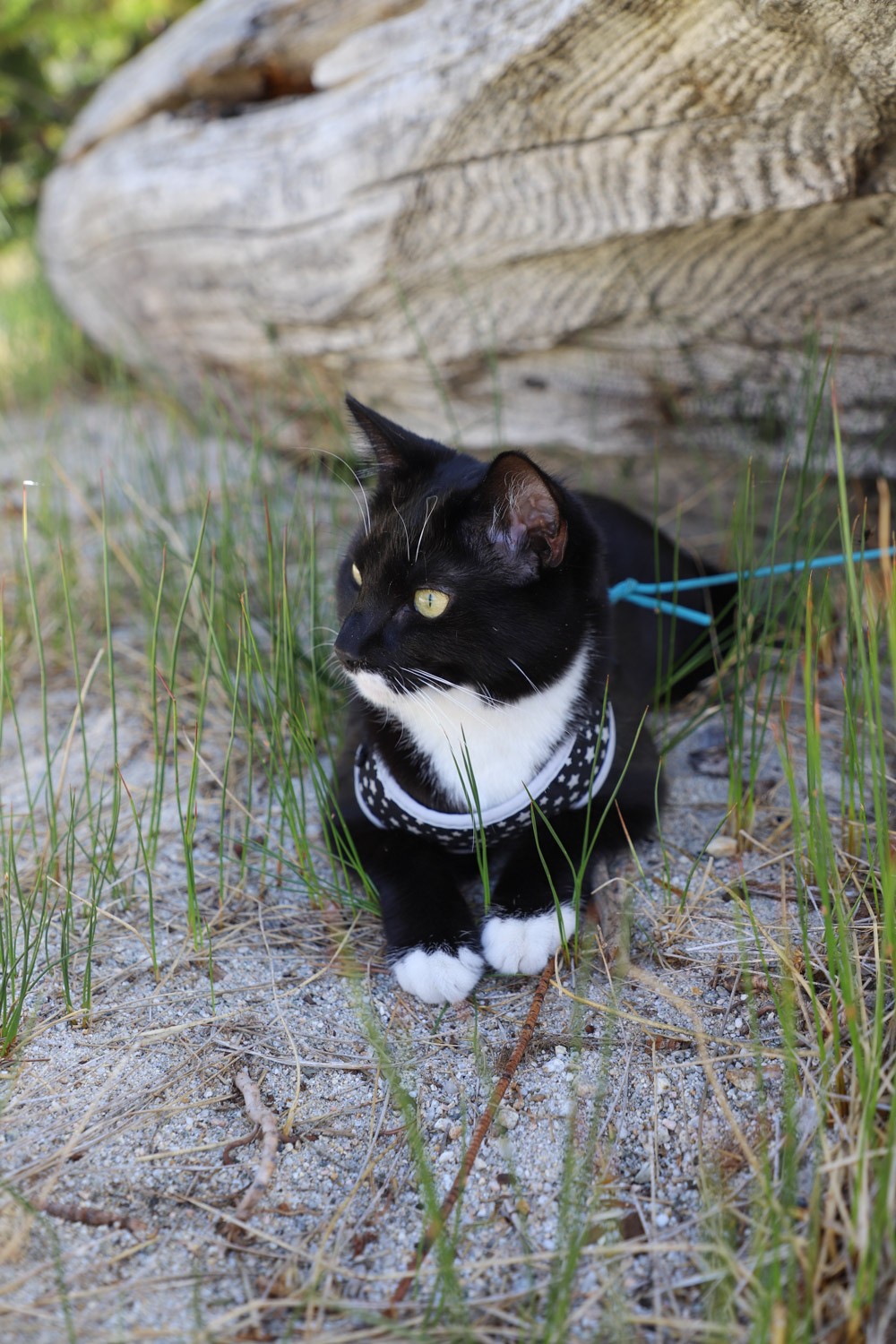 Maine Coon cat in a travel carrier
Maine Coon cat in a travel carrier
2. Preparing Your Cat for Travel: A Step-by-Step Guide
Once you’ve determined that your cat is a suitable candidate for travel, it’s time to start preparing them for the journey. This involves a gradual process of desensitization and positive reinforcement to help them become comfortable with the various aspects of traveling.
2.1. Introducing the Carrier
The carrier is your cat’s safe haven during travel, so it’s essential to make it a positive and familiar space.
- Make it Accessible: Leave the carrier out in a common area of your home, with the door open, so your cat can explore it at their own pace.
- Add Comfort: Place a soft blanket or bed inside the carrier to make it inviting. You can also include a familiar toy or a piece of clothing with your scent.
- Positive Reinforcement: Encourage your cat to enter the carrier by placing treats or toys inside. Reward them with praise and affection when they go in.
- Gradual Exposure: Once your cat is comfortable entering the carrier, start closing the door for short periods, gradually increasing the duration.
2.2. Acclimating to Car Rides
Car rides can be stressful for cats, so it’s important to acclimate them gradually.
- Short Trips: Start with short car rides around the block, gradually increasing the distance and duration.
- Positive Associations: Make car rides a positive experience by rewarding your cat with treats and praise. You can also play calming music or use a pheromone diffuser.
- Secure the Carrier: Ensure the carrier is securely fastened in the car to prevent it from sliding around during the ride.
2.3. Leash Training Your Cat
If you plan to take your cat for walks during your travels, leash training is essential.
- Introduce the Harness: Start by introducing the harness indoors, allowing your cat to wear it for short periods while supervised.
- Positive Reinforcement: Reward your cat with treats and praise when they wear the harness.
- Attach the Leash: Once your cat is comfortable with the harness, attach the leash and allow them to drag it around the house.
- Short Walks: Gradually introduce short walks outdoors, starting in a quiet and familiar area.
2.4. Using Calming Aids
Several calming aids can help reduce stress and anxiety in cats during travel.
- Pheromone Diffusers: Feliway diffusers release synthetic pheromones that mimic those produced by cats, creating a sense of calm and security.
- Calming Treats: Many calming treats contain ingredients like L-theanine and chamomile, which can help reduce anxiety.
- Herbal Remedies: Some herbal remedies, such as valerian root and catnip, can have a calming effect on cats. Consult with your veterinarian before using any herbal remedies.
According to research from the Journal of Feline Medicine and Surgery, in 2015, Feliway diffusers significantly reduce stress-related behaviors in cats during car travel.
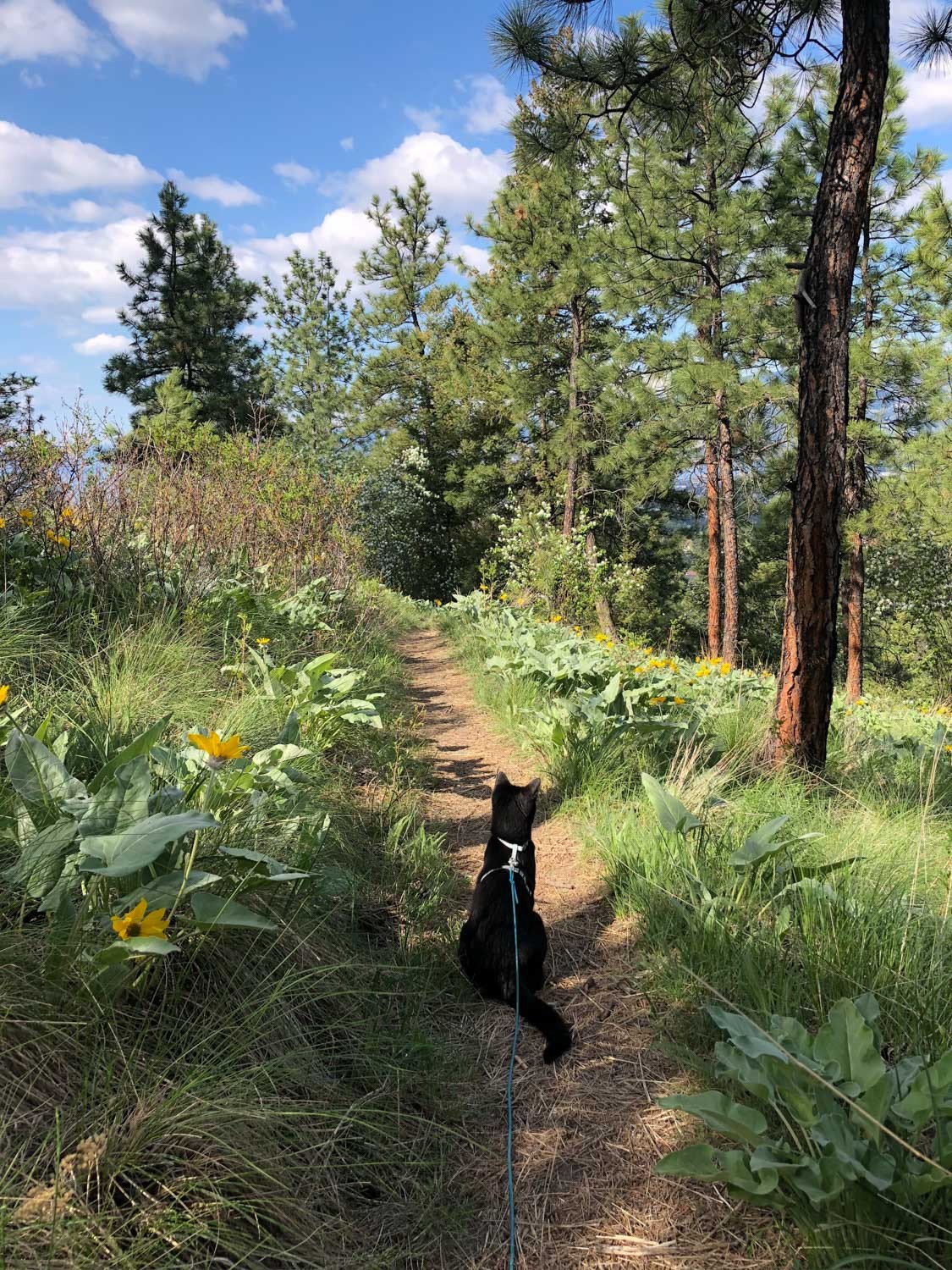 Cat wearing a harness and leash
Cat wearing a harness and leash
3. Essential Items for Traveling with Your Cat
Packing the right supplies is crucial for ensuring your cat’s comfort and well-being during travel.
3.1. Travel Carrier
A sturdy and comfortable travel carrier is essential. Choose a carrier that is:
- Well-Ventilated: Provides adequate airflow for your cat.
- Easy to Clean: Made of a material that is easy to wipe down in case of accidents.
- Secure: Has a secure latch to prevent your cat from escaping.
- Appropriate Size: Large enough for your cat to stand up, turn around, and lie down comfortably.
3.2. Food and Water
Bring enough food and water to last the entire trip, plus extra in case of delays.
- Travel Bowls: Collapsible or lightweight bowls are convenient for travel.
- Water Bottle: A water bottle with a sipper tip can help prevent spills in the car.
- Familiar Food: Stick to your cat’s regular food to avoid digestive upset.
3.3. Litter Box and Litter
A portable litter box and litter are essential for maintaining your cat’s hygiene during travel.
- Disposable Litter Boxes: Convenient and easy to clean up.
- Travel Litter Boxes: Collapsible or lightweight litter boxes are ideal for travel.
- Familiar Litter: Using your cat’s regular litter can help them feel more comfortable.
3.4. Medications and First-Aid Supplies
Bring any medications your cat is currently taking, as well as a basic first-aid kit.
- Prescription Medications: Ensure you have enough medication to last the entire trip.
- First-Aid Kit: Include items like bandages, antiseptic wipes, and pain relievers (approved by your veterinarian).
- Medical Records: Keep a copy of your cat’s medical records in case of emergencies.
3.5. Comfort Items
Bringing familiar comfort items can help your cat feel more secure during travel.
- Blanket or Bed: A soft blanket or bed from home can provide a sense of familiarity.
- Toys: Bring a few of your cat’s favorite toys to keep them entertained.
- Clothing with Your Scent: A piece of clothing with your scent can help reduce anxiety.
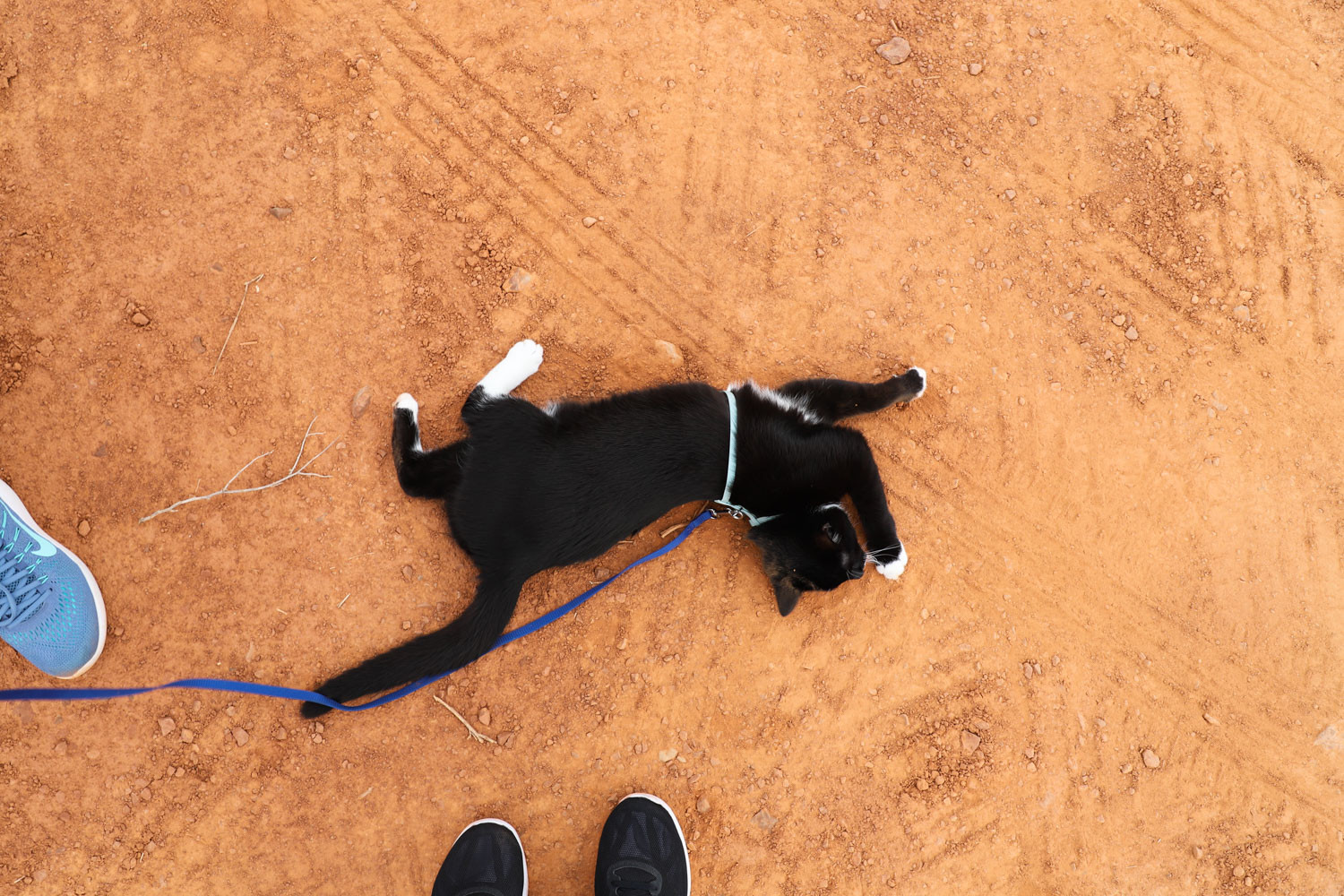 Cat in a backpack carrier
Cat in a backpack carrier
4. Travel Tips for Cats: Making the Journey Easier
With the right preparation and supplies, you can make the journey easier for both you and your cat.
4.1. Planning Your Route and Stops
- Pet-Friendly Accommodations: Book pet-friendly hotels or vacation rentals in advance.
- Rest Stops: Plan frequent rest stops to allow your cat to stretch their legs, use the litter box, and have a drink of water.
- Avoid Peak Travel Times: Traveling during off-peak hours can help reduce stress and traffic.
4.2. Keeping Your Cat Safe in the Car
- Secure the Carrier: Always secure the carrier in the car to prevent it from sliding around.
- Temperature Control: Maintain a comfortable temperature in the car. Avoid leaving your cat in a hot or cold car for extended periods.
- Never Let Your Cat Roam Free: Allowing your cat to roam free in the car is dangerous and can lead to accidents.
4.3. Feeding and Hydration
- Offer Food and Water Regularly: Provide food and water at each rest stop.
- Avoid Overfeeding: Overfeeding can lead to digestive upset.
- Consider Wet Food: Wet food can help keep your cat hydrated during travel.
4.4. Litter Box Breaks
- Provide Access to Litter Box: Offer access to the litter box at each rest stop.
- Clean the Litter Box Regularly: Keeping the litter box clean can help prevent accidents.
- Dispose of Waste Properly: Dispose of waste in designated trash receptacles.
4.5. Calming Techniques During Travel
- Speak in a Soothing Voice: Use a calm and gentle voice to reassure your cat.
- Offer Gentle Pets: If your cat enjoys being petted, offer gentle strokes to help them relax.
- Play Calming Music: Soft, soothing music can help reduce anxiety.
- Use Pheromone Sprays: Spraying a pheromone spray in the carrier can help create a sense of calm.
SIXT.VN offers pet-friendly transportation options, ensuring a safe and comfortable ride for your feline companion.
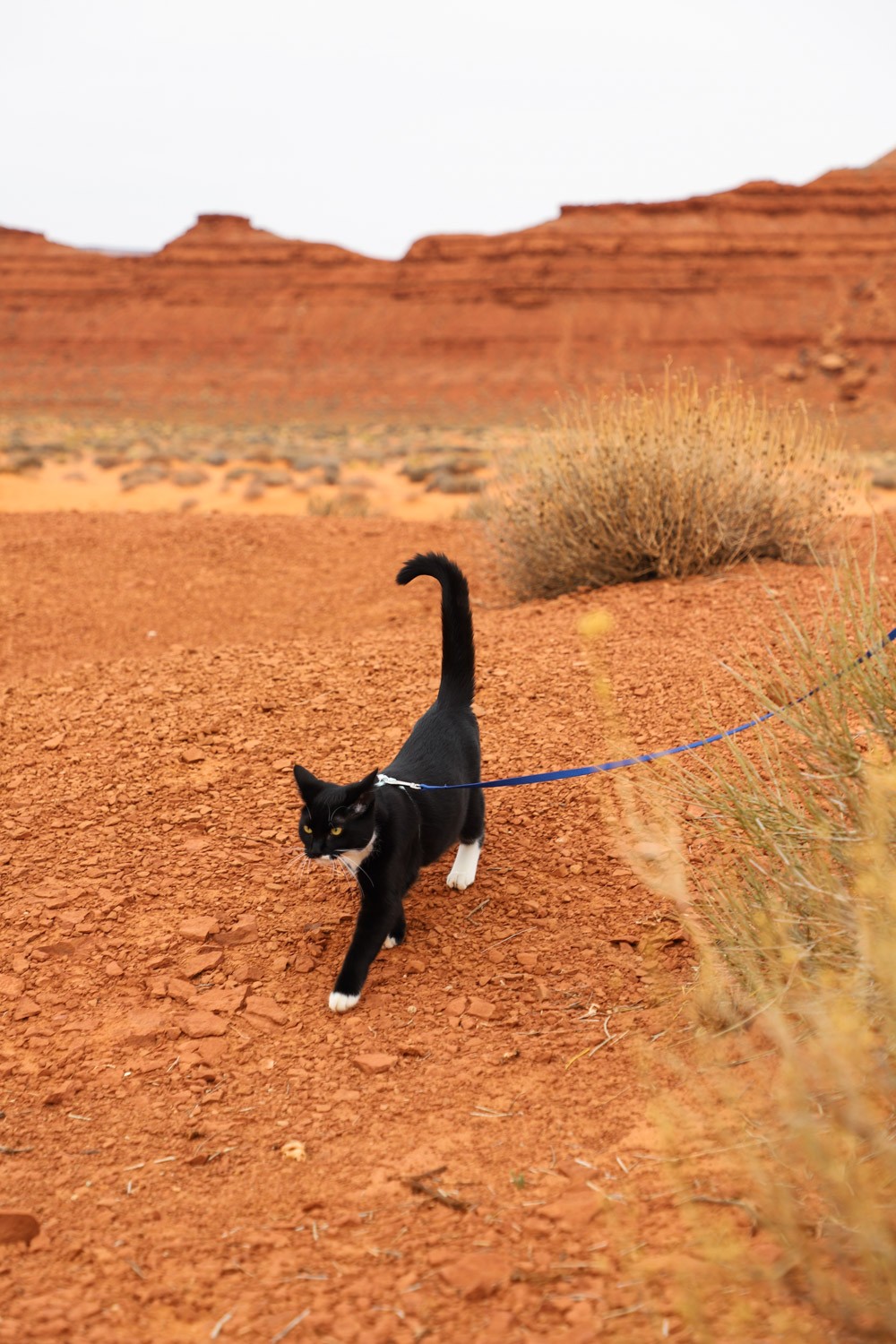 Cat looking out of a car window
Cat looking out of a car window
5. Air Travel with Cats: Navigating the Skies
Air travel with cats requires additional planning and preparation.
5.1. Airline Regulations and Requirements
- Check with the Airline: Contact the airline in advance to inquire about their specific regulations and requirements for traveling with pets.
- Health Certificate: Obtain a health certificate from your veterinarian, stating that your cat is fit to fly.
- Approved Carrier: Ensure your carrier meets the airline’s size and ventilation requirements.
- Book in Advance: Airlines typically have a limited number of pet spaces, so book in advance.
5.2. Preparing Your Cat for the Flight
- Acclimate to the Carrier: Ensure your cat is comfortable spending time in the carrier.
- Avoid Feeding Before the Flight: Avoid feeding your cat for a few hours before the flight to prevent motion sickness.
- Provide Water: Offer water during the flight.
- Use Calming Aids: Consult with your veterinarian about using calming aids to reduce anxiety.
5.3. During the Flight
- Keep the Carrier Under the Seat: Keep the carrier under the seat in front of you during the flight.
- Monitor Your Cat: Observe your cat for signs of stress or discomfort.
- Avoid Opening the Carrier: Avoid opening the carrier during the flight, as this can be dangerous.
According to the International Air Transport Association (IATA), proper planning and preparation are essential for ensuring a safe and comfortable flight for your cat.
6. Destinations in Vietnam Perfect for Traveling with Cats (and How SIXT.VN Can Help)
While Vietnam may not be the most traditionally “pet-friendly” country, certain destinations and accommodations are becoming more welcoming to feline travelers. With careful planning and the right resources, you can create a memorable and enjoyable experience for both you and your cat. SIXT.VN is here to help you navigate these options and ensure a smooth and comfortable journey.
6.1. Pet-Friendly Cities and Regions
- Hoi An: This charming ancient town offers a relaxed atmosphere and several pet-friendly cafes and restaurants with outdoor seating. Stroll along the Thu Bon River with your leashed cat and enjoy the scenic views.
- Da Lat: The cool mountain air and lush landscapes of Da Lat make it a refreshing escape for both you and your cat. Look for accommodations with gardens or balconies where your cat can safely enjoy the outdoors.
- Phu Quoc Island: While not all beaches are pet-friendly, some resorts and guesthouses on Phu Quoc Island welcome feline guests. Enjoy leisurely walks along the coast and soak up the tropical vibes.
6.2. Finding Pet-Friendly Accommodations
- Use Online Resources: Websites like Booking.com and Airbnb allow you to filter your search for pet-friendly accommodations.
- Contact Hotels Directly: Call hotels or guesthouses to inquire about their pet policies. Be sure to ask about any size or breed restrictions, as well as any additional fees.
- Read Reviews: Pay attention to reviews from other pet owners to get an idea of their experiences at the accommodation.
6.3. Transportation Options with SIXT.VN
- Private Car Transfers: SIXT.VN offers private car transfers from the airport to your hotel, ensuring a comfortable and stress-free journey for you and your cat. Let us know in advance that you’ll be traveling with a pet, and we’ll make sure to provide a suitable vehicle.
- Customized Tours: We can arrange customized tours that cater to your specific needs, including pet-friendly activities and destinations.
SIXT.VN can help you plan the perfect pet-friendly itinerary, taking into account your cat’s needs and preferences.
 Cat exploring a garden
Cat exploring a garden
7. Addressing Common Concerns and Challenges
Traveling with cats can present unique challenges, but with proper planning and preparation, you can overcome them.
7.1. Motion Sickness
- Avoid Feeding Before Travel: Avoid feeding your cat for a few hours before traveling to prevent motion sickness.
- Medication: Consult with your veterinarian about anti-nausea medications for cats.
- Fresh Air: Ensure adequate ventilation in the car.
7.2. Anxiety and Stress
- Calming Aids: Use pheromone diffusers, calming treats, or herbal remedies to reduce anxiety.
- Familiar Items: Bring familiar comfort items to help your cat feel more secure.
- Positive Reinforcement: Reward your cat with treats and praise for good behavior.
7.3. Escape Artists
- Secure Carrier: Ensure the carrier is securely latched and escape-proof.
- Harness and Leash: Use a harness and leash when outside of the carrier.
- Microchipping: Ensure your cat is microchipped and that the information is up-to-date.
7.4. Finding Veterinary Care
- Research Veterinarians: Research veterinarians in your destination in advance.
- Emergency Contacts: Keep a list of emergency veterinary clinics in case of emergencies.
- Medical Records: Bring a copy of your cat’s medical records.
SIXT.VN is committed to providing exceptional service and support, ensuring your peace of mind throughout your travels.
8. The Benefits of Traveling with Your Cat
While traveling with a cat requires extra effort, the rewards can be immeasurable.
8.1. Companionship
Having your cat by your side can provide comfort and companionship during travel.
8.2. Reduced Stress
For some people, having their cat with them can actually reduce stress and anxiety.
8.3. Unique Experiences
Traveling with your cat can lead to unique and memorable experiences.
8.4. Strengthening the Bond
Sharing new experiences with your cat can strengthen your bond and create lasting memories.
By following these tips and guidelines, you can create a safe, comfortable, and enjoyable travel experience for both you and your feline companion.
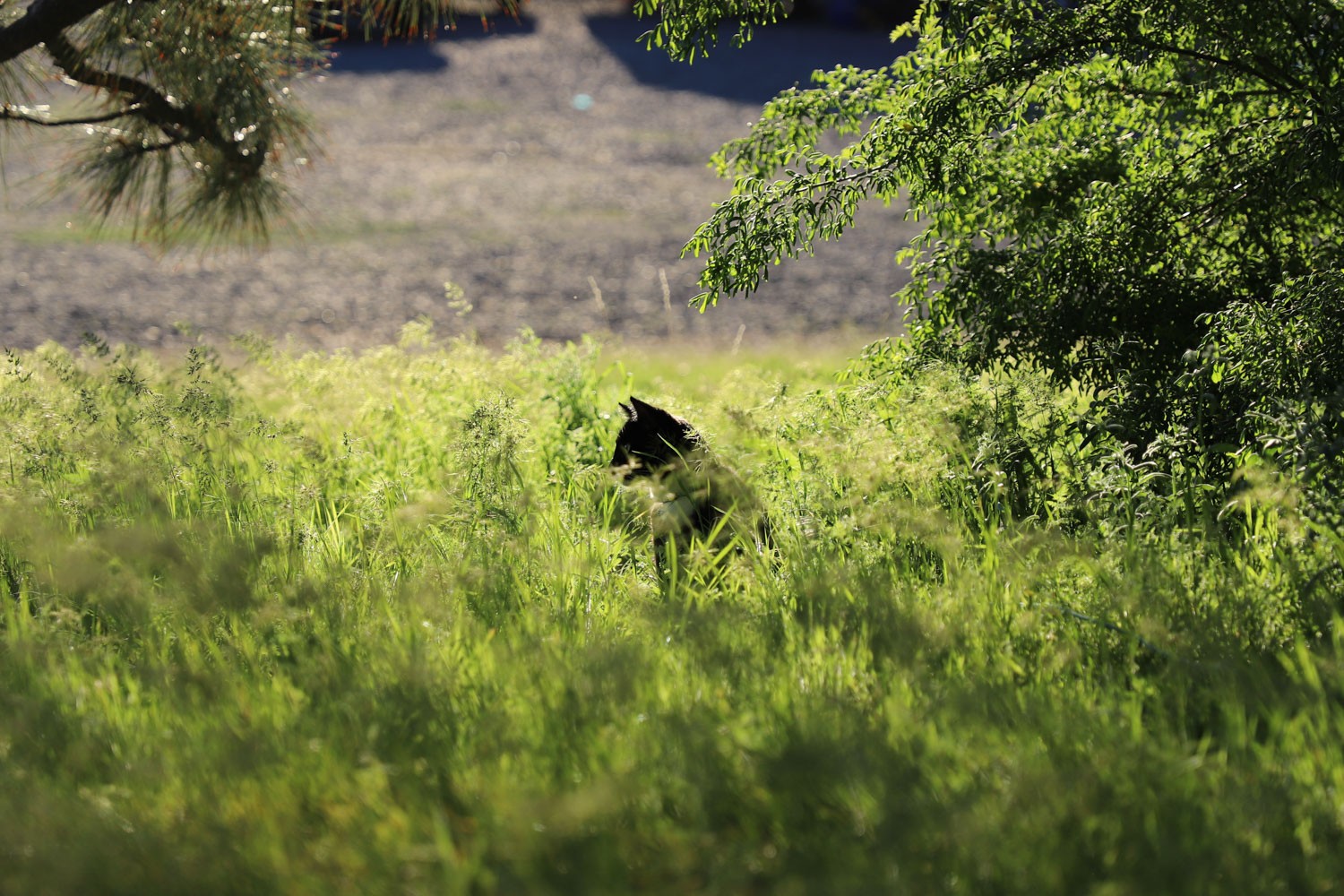 Cat sleeping in a carrier
Cat sleeping in a carrier
9. SIXT.VN: Your Partner in Pet-Friendly Travel to Vietnam
At SIXT.VN, we understand that your pets are family, and we’re committed to making your travel experience as seamless and enjoyable as possible for both you and your furry friend. Whether you’re looking for airport transfers, pet-friendly accommodations, or customized tours, we’re here to help you plan the perfect trip to Vietnam.
9.1. Our Services
- Pet-Friendly Airport Transfers: We offer private car transfers from the airport to your hotel, ensuring a comfortable and stress-free journey for you and your cat.
- Assistance Finding Pet-Friendly Hotels: We can help you find and book pet-friendly hotels and vacation rentals in Vietnam.
- Customized Tours: We can arrange customized tours that cater to your specific needs, including pet-friendly activities and destinations.
9.2. Why Choose SIXT.VN?
- Experienced and Reliable: We have years of experience in the travel industry and are committed to providing exceptional service.
- Pet-Friendly Expertise: We understand the unique needs of pet owners and are dedicated to making your trip as smooth and stress-free as possible.
- Personalized Service: We offer personalized service and attention to detail, ensuring that your trip is tailored to your specific needs and preferences.
- Competitive Prices: We offer competitive prices on all of our services, ensuring that you get the best value for your money.
9.3. Contact Us
Ready to start planning your pet-friendly adventure to Vietnam? Contact us today!
- Address: 260 Cau Giay, Hanoi, Vietnam
- Hotline/Whatsapp: +84 986 244 358
- Website: SIXT.VN
Let SIXT.VN help you create unforgettable memories with your feline companion in Vietnam!
10. FAQs About Cats and Traveling
10.1. Is it cruel to travel with a cat?
Not necessarily. If your cat is properly prepared and enjoys the experience, traveling can be enriching. However, it’s crucial to prioritize your cat’s well-being and avoid forcing them into situations that cause them excessive stress.
10.2. What are the signs that my cat is stressed during travel?
Signs of stress include hiding, excessive meowing, panting, changes in appetite, litter box issues, and aggression.
10.3. Can I give my cat Benadryl for travel anxiety?
Consult with your veterinarian before giving your cat any medications, including Benadryl. While Benadryl can have a sedative effect, it’s not always effective for anxiety and can have potential side effects.
10.4. How long can a cat safely be in a carrier?
A cat can safely be in a carrier for several hours, as long as they have access to food, water, and a litter box. However, it’s important to provide regular breaks to allow them to stretch their legs and relieve themselves.
10.5. Should I feed my cat before traveling?
Avoid feeding your cat for a few hours before traveling to prevent motion sickness.
10.6. Can cats travel in the car without a carrier?
No, it’s not safe to allow your cat to travel in the car without a carrier. A carrier provides a safe and secure space for your cat and prevents them from distracting the driver or being injured in an accident.
10.7. What documents do I need to travel with my cat internationally?
You’ll typically need a health certificate from your veterinarian, as well as proof of rabies vaccination. Check with the embassy or consulate of your destination country for specific requirements.
10.8. Can I bring catnip on a plane?
Yes, you can usually bring catnip on a plane, as long as it’s in a sealed container. However, be aware that catnip can attract attention from other passengers.
10.9. How do I clean up accidents in the carrier?
Bring absorbent pads or towels to line the carrier. If your cat has an accident, remove the soiled material and clean the carrier with a pet-safe cleaner.
10.10. What if my cat escapes during travel?
If your cat escapes, stay calm and try to coax them back with food or treats. If you can’t catch them, contact local animal shelters and veterinary clinics and provide them with a description of your cat and your contact information.
Traveling with your cat can be a wonderful experience with proper planning and patience. Remember to prioritize your cat’s well-being and adjust your plans as needed. With SIXT.VN, you can rest assured that you’ll have the support and resources you need to make your pet-friendly adventure to Vietnam a success!



